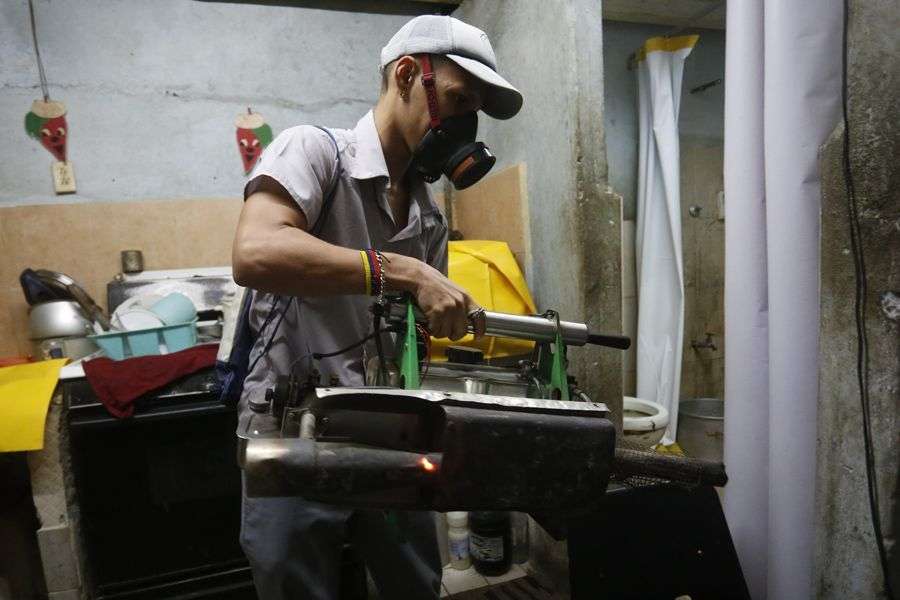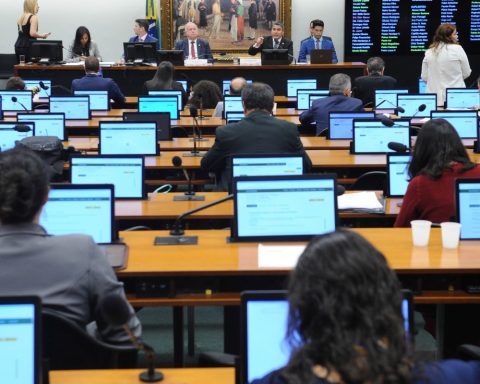Cuba presents an epidemiological situation marked by the high transmission of dengue, disease transmitted by Aedes aegypti, whose incidence rate grew in the last week according to official media on the Island.
the owner of the Ministry of Public Health (MINSAP), José Ángel Portal Miranda, reported during a high-level government meeting that until last September 3 there was a presence of the disease in 14 provinces, 41 municipalities and 58 health areas. The incidence rate was high in nine provinces, according to the note published by the official newspaper Granma.
The official said that the incidence rate of suspected dengue cases had increased in relation to the week preceding the 35th (closing on September 3), and added that the provinces of Santiago de Cuba, Havana, Guantánamo, the Isla de la Juventud Special Municipality, Camagüey, Las Tunas and Matanzas present rates higher than the national one.
Suspected cases of dengue increase by 35.5% in Cuba in one week
Doctor of Science María Guadalupe Guzmán Tirado, director of the Research Center of the Pedro Kouri Institute of Tropical Medicine (IPK)recalled that a hundred countries report transmission and that in the region of the Americas, according to updated data, the countries with the highest incidence rates are Brazil, Peru, Colombia, Nicaragua and Mexico.
The expert commented that the situation has become more complex, because in the past the cause was in a single virus and it was easier to proceed, but “we have had outbreaks and epidemics with two viruses, and even now all four serotypes are circulating,” points out, according to the text of Granma.
Meanwhile, in the television program Mesa Redonda this Thursday, the Deputy Minister of Public Health who attends the area of Hygiene and Epidemiology, Caridad Peña García, indicated that the mosquito Aedes aegypti it has a life in the tropics and in the subtropical region, and “its distribution in Cuba cannot be overlooked given the high rates of the vector that have produced an increase in infections.”
According to the review published on the official website Cubadebatethe specialist referred that the behavior of dengue is “cyclical due to the increase in the vector” and acknowledged that it has not been possible to eradicate it with the surveillance and anti-vector campaign.
In addition, he presented data from the Pan American Health Organization (PAHO) which point to a 300% increase in reported dengue cases on the continent so far this year, as well as a 165% increase compared to the 2021 figures.
According to the aforementioned digital medium, in part of her speech the deputy minister acknowledged that in the case of Cuba, although the population did show signs of eliminating vector foci in their homes, “really what had to be done inside the home was not possible”, and added that “we know that we have responsibility with the issue and that it did not turn out as it should be”.
In turn, he admitted that there are concerns from the population related to the issue of fumigation, an action that is being carried out in 71 municipalities in the country, belonging to the provinces with the highest rates of infestation.
Peña García also highlighted that the current circulation of dengue in Cuba “is in the context of what is happening in the region” and anticipated that we are heading towards the most complex moment of the disease, because “the cycle shows its greatest peaks at from the end of October and the beginning of November, because there is a wave of the vector and of the patients with dengue.
Today, August 26, is World Day Against #Dengueacute infection caused by a virus that can affect any age group.
The most effective way to prevent it is to eliminate mosquito breeding sites, an effort that demands the joint action of all #CubaForHealth pic.twitter.com/gzlyveoTYa– José Angel Portal Miranda (@japortalmiranda) August 26, 2022
Dengue is transmitted through the bite of an infected Aedes aegypti mosquito and causes symptoms that can be mild or severe, ranging from headaches, muscle and joint pain; associated with fever and erythema, according to the medical literature.
Since last July, the MINSAP reported that Cuba had broken for the second year the record for breeding points for the mosquito that transmits the disease and described the epidemiological scenario as “complex.”
The independent press has revealed that several people, including minors, died with a high fever that could be related to the disease. It has not been officially reported that all these deaths were due to dengue, although in some cases yes it has been referred as the cause.

















